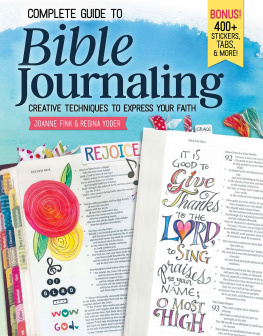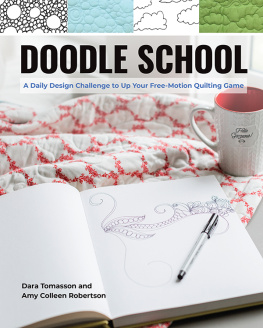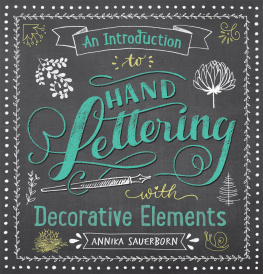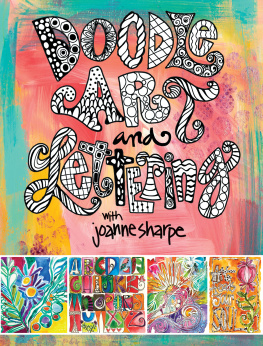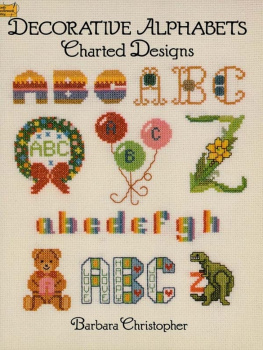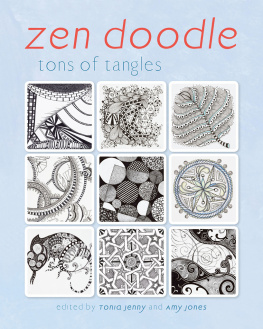Zentangle is a registered trademark of Zentangle, Inc. Learn more at zentangle.com.
Copy Permission - The written instructions, photographs, designs, patterns and projects in this publication are intended for the personal use of the reader and may be reproduced for that purpose only. Any other use, especially commercial use, is forbidden under law without the written permission of the copyright holder. Every effort has been made to ensure that all information in this book is accurate. However, due to differing conditions, tools and individual skills, neither the author nor publisher can be responsible for any injuries, losses, and other damages which may result from the use of the information in this book.
INFORMATION - All rights reserved. All images in this book have been reproduced with the knowledge and prior consent of the artists concerned and no responsibility is accepted by producer, publisher, or printer for any infringement of copyright or otherwise, arising from the contents of this publication. Every effort has been made to ensure that credits accurately comply with information supplied. NOTE: The use of products and trademark names is for information purposes only, with no intention of infringement upon those trademarks.
2011 DESIGN ORIGINALS 2425 Cullen Street
Fort Worth, Texas 76107, U.S.A., 817-877-0067 www.d-originals.com
eISBN 978-1-60765-117-8
ISBN 978-1-57421-699-8
eBook version 1.0


W ELCOME TO A GREA T ADVENTURE IN P ATTERN PLAY!
Although they look quite complicated and impressive, these patterned monograms are not difficult to do; all you need is an understanding of how to double stroke the edges of your letterform to add space, and then fill that space with pattern.
I fell in love with patterning in the summer of 2008, when I discovered the wonderful world of Zentangle, an art form developed by Rick Roberts and Maria Thomas. Since then I have incorporated patterning into my work, and call my new style Zenspirations My passion for lettering, patterning and design has me waking up every morning eager to draw, and I strive to inspire others through my art and inspirational messages. I hope this book helps spark your own love of patterning


T ABLE OF C ONTENTS
These are some of the first illustrations I did when I started incorporating patterning into my work. The illustrations on page 4 are scans of the original 3 x 3 pieces; the ones on this page are scans of two (or more) pieces of art which were composed digitally. One advantage of working both digitally and by hand, is that it allows me to letter my text at a larger size so I have better control of the letterforms, then scan, reduce and place it in the artwork.







T HE C REATIVE P ROCESS

STEP 1: Draw a shape. Here is a flower as an example.

STEP 2: Add a small space around the edge of the shape.

STEP 3: Add pattern inside the spaces.
C OLORIZATION O PTIONS

Option A:
An original drawing that was hand painted with watercolors.

Option B:
Scan of original drawing, cleaned in Photoshop, then printed on watercolor paper and hand painted in watercolors.

Option C:
Scan of original drawing cleaned and colored digitally in Photoshop.
B ASIC M ATERIALS
One of the nice things about patterning is that it doesnt require a lot of expensive art supplies. All you really need is a pen, a piece of paper and your imagination! Many artists, myself included, are particular about the supplies they use. My favorite pens for patterning work are Pigma Micron pens by Sakura of America. They are available at most art supply stores and craft retailers. I do most of my work with an size Micron, but if I want a heavier line weight Ill choose the 05 or 08 size. I like Microns because the rich, black ink flows nicely without skipping. It is permanent and archival, and the pen tip allows me to easily build up my line weight by double and triple stroking.


For paper I use Strathmore 400 Series drawing paper, which is widely available, or the Zentangle tiles which are available at www.zentangle.com. While the patterning techniques can be done with any pen on any piece of paper, using quality art supplies (like Microns and Strathmore paper) makes a big difference to how my work looks and greatly enhances my enjoyment of the creative process.

B ASIC P ATTERNS
Patterning is fun, easy and relaxing and its a great way to add interest and texture to your designs. The nice thing about patterning is that patterns dont need to be perfect, just rhythmic. In fact most patterns are more interesting when they have subtle variations. Start by drawing a series of horizontal lines.
Next page

